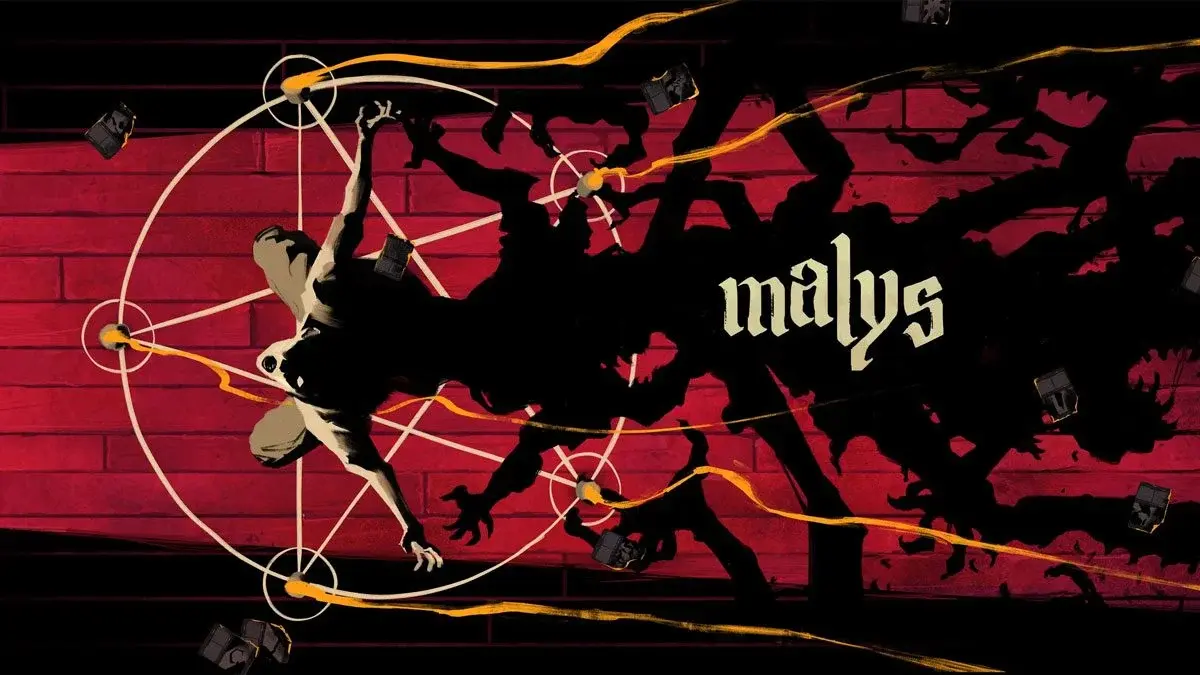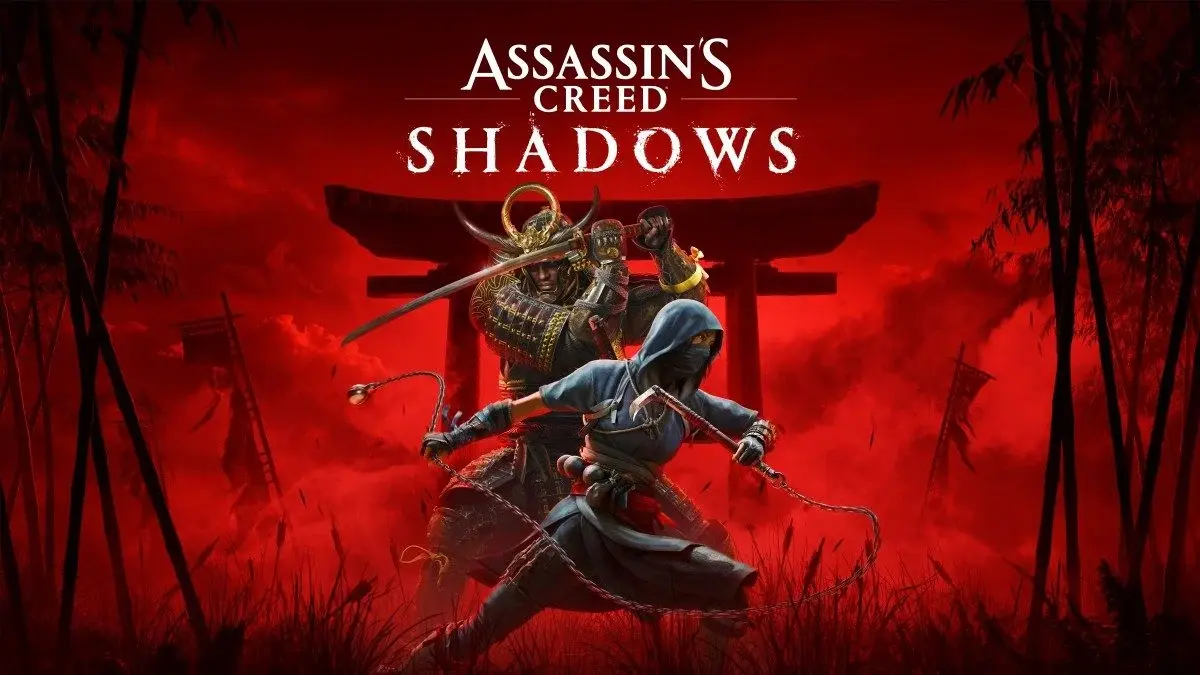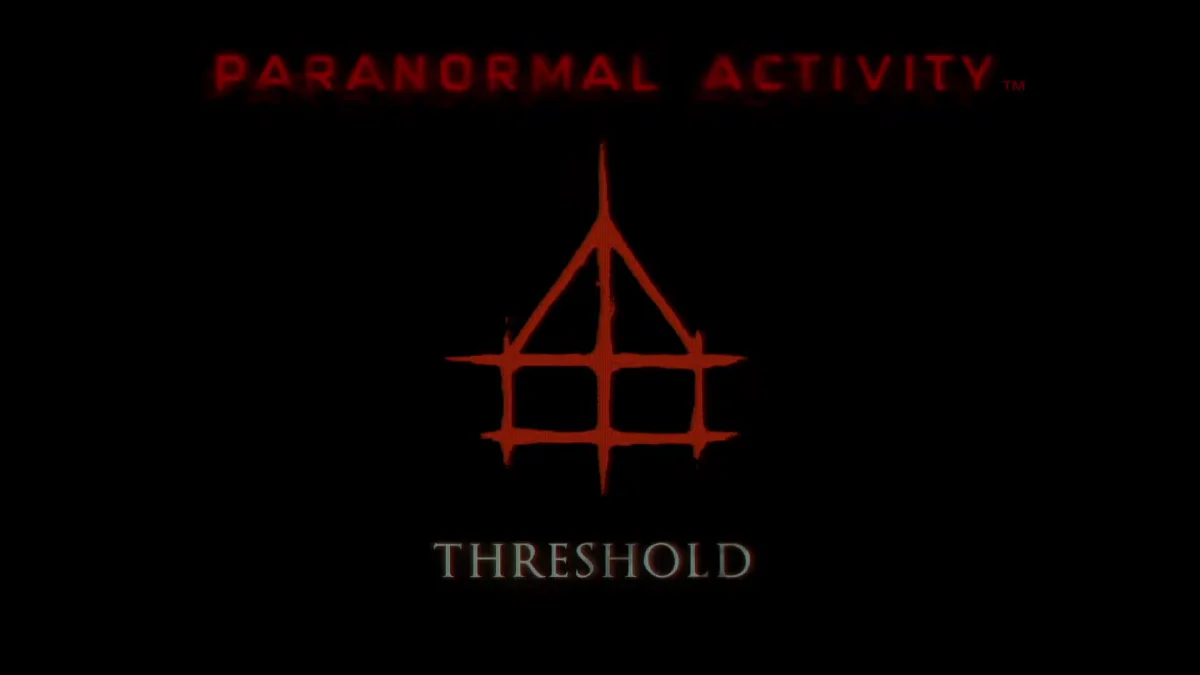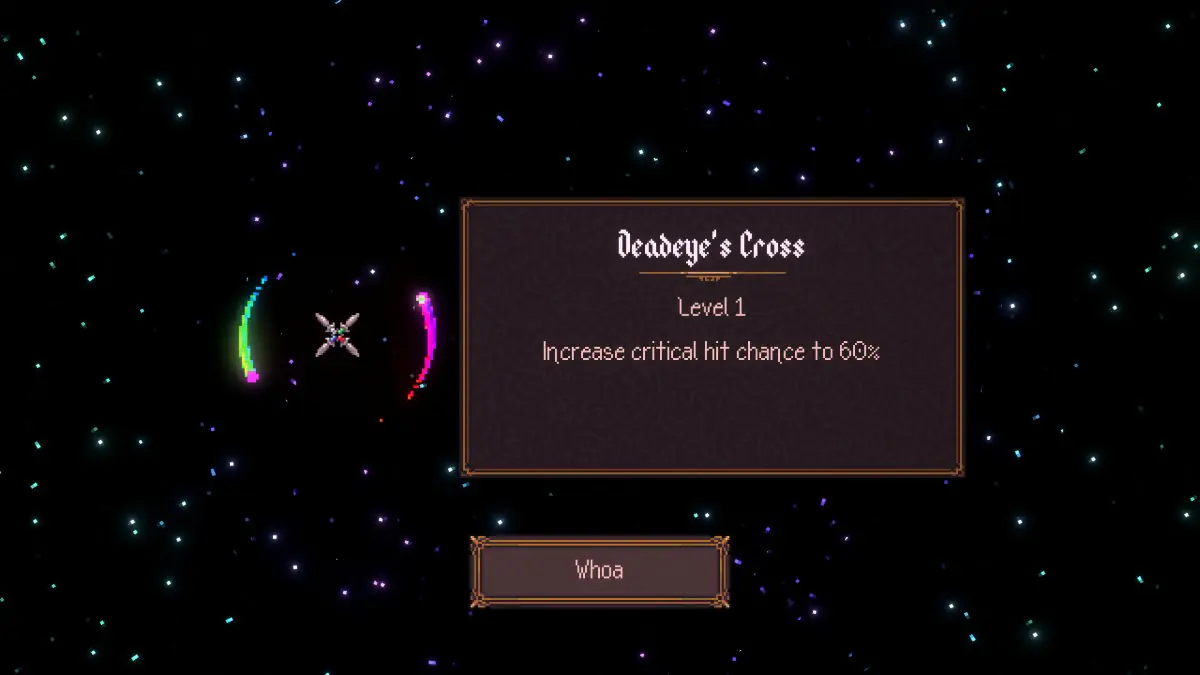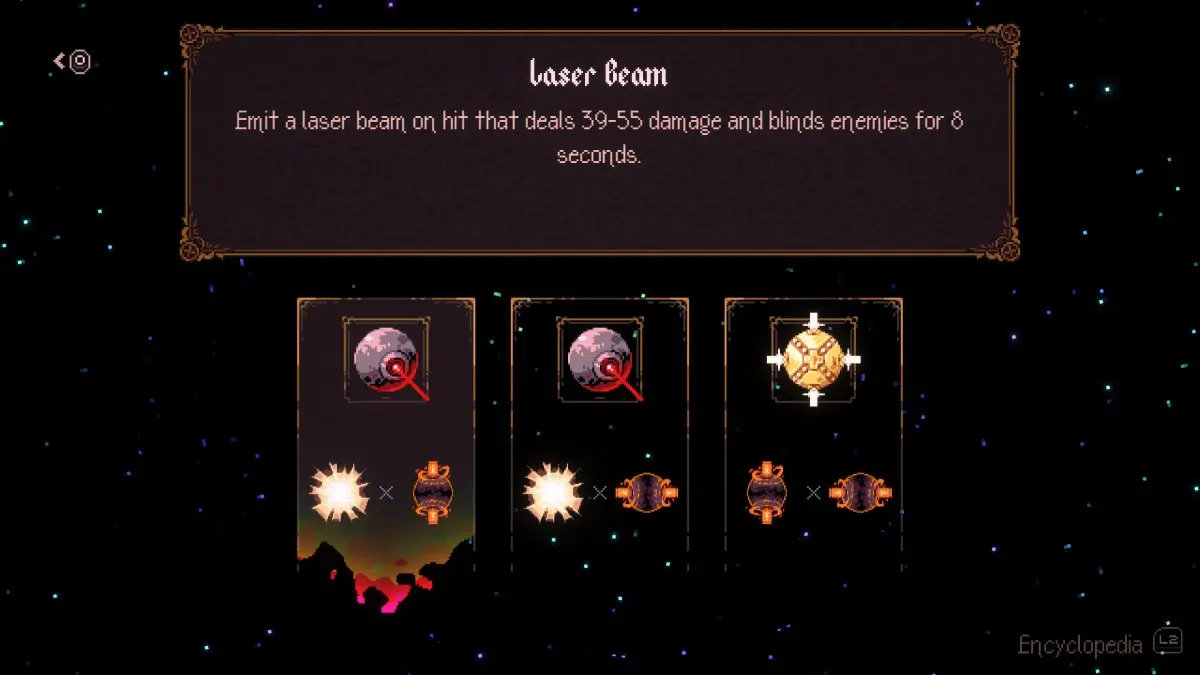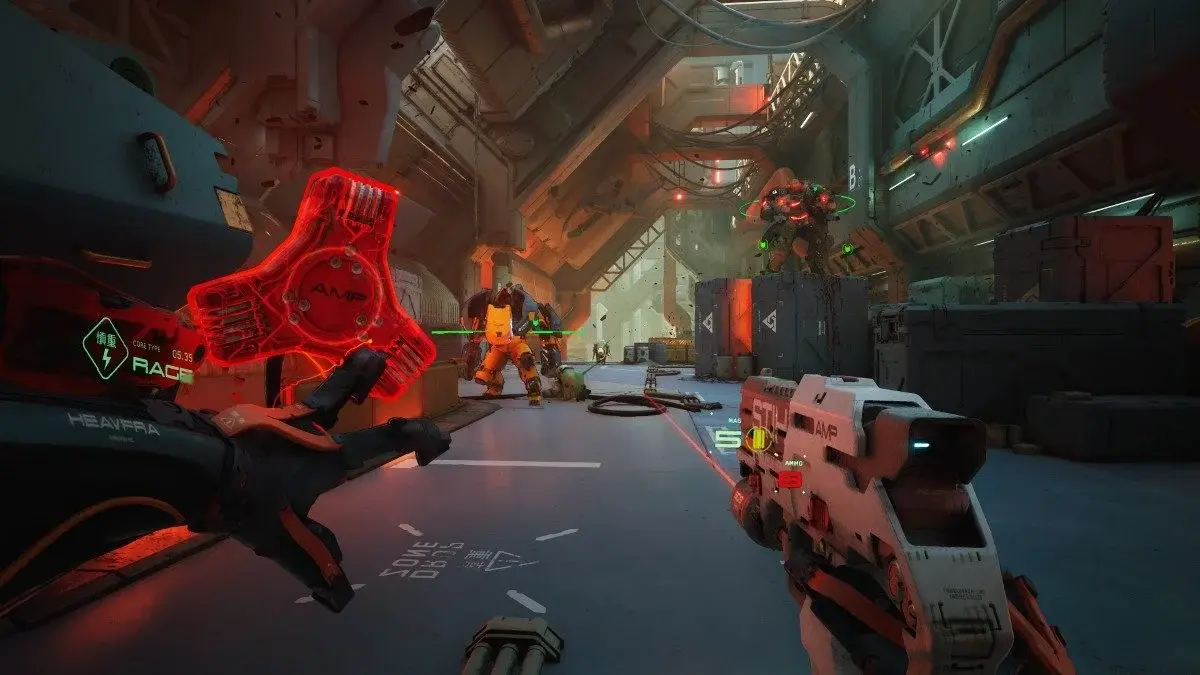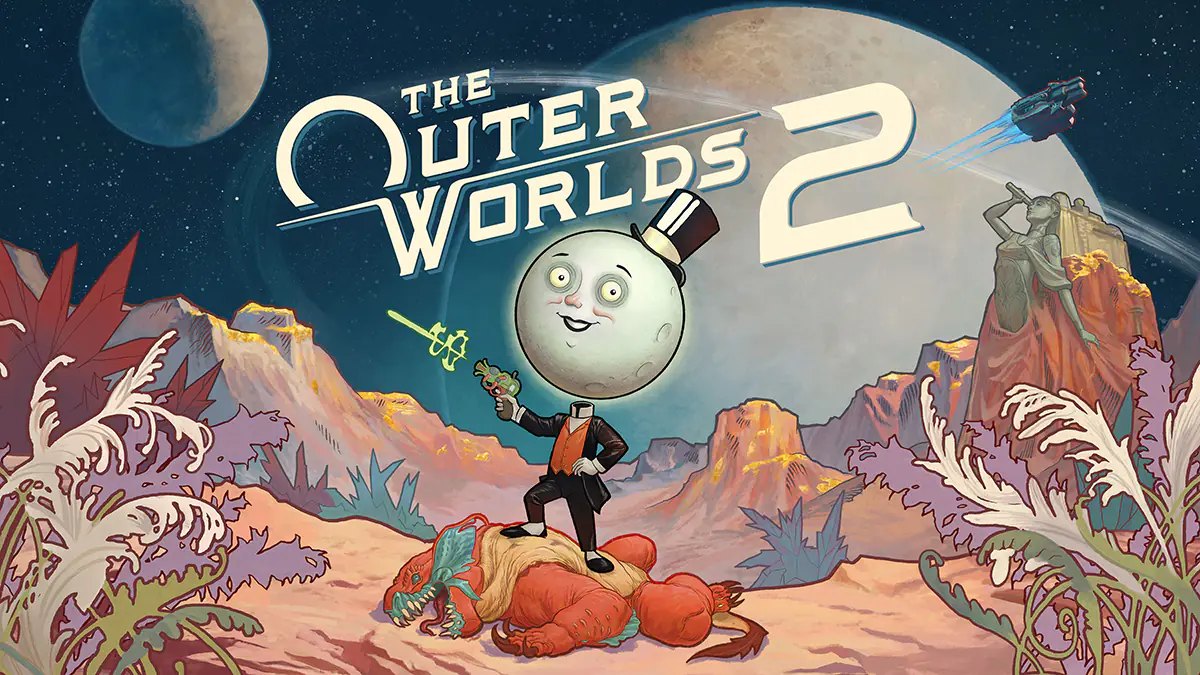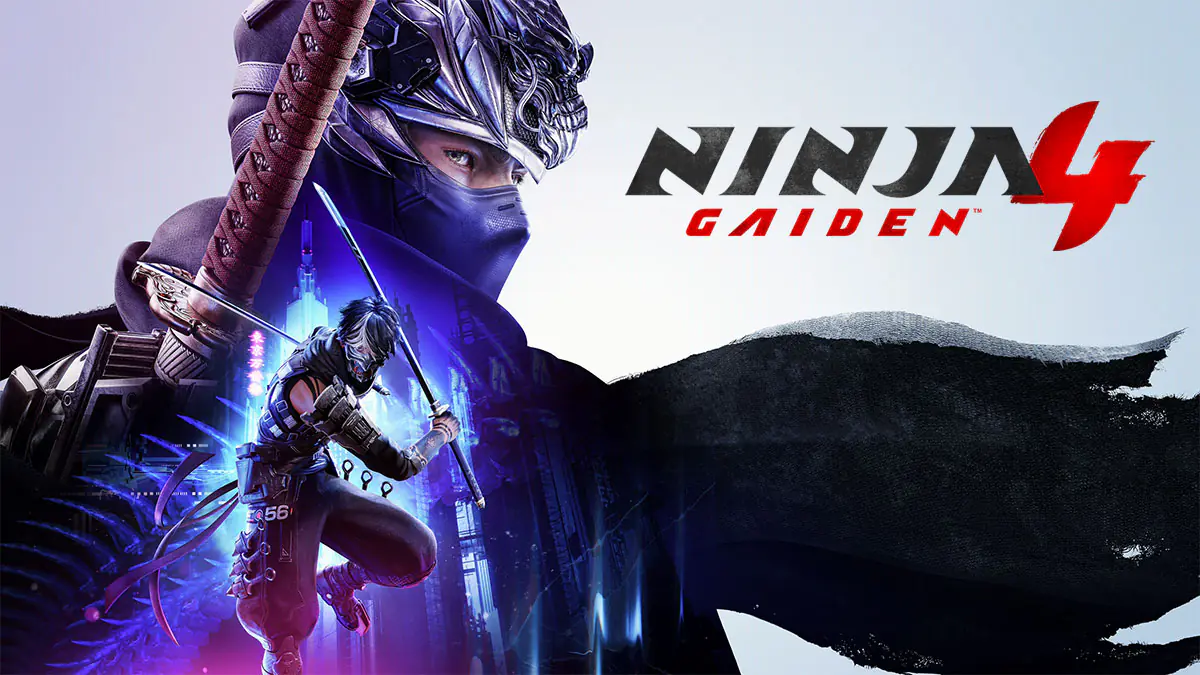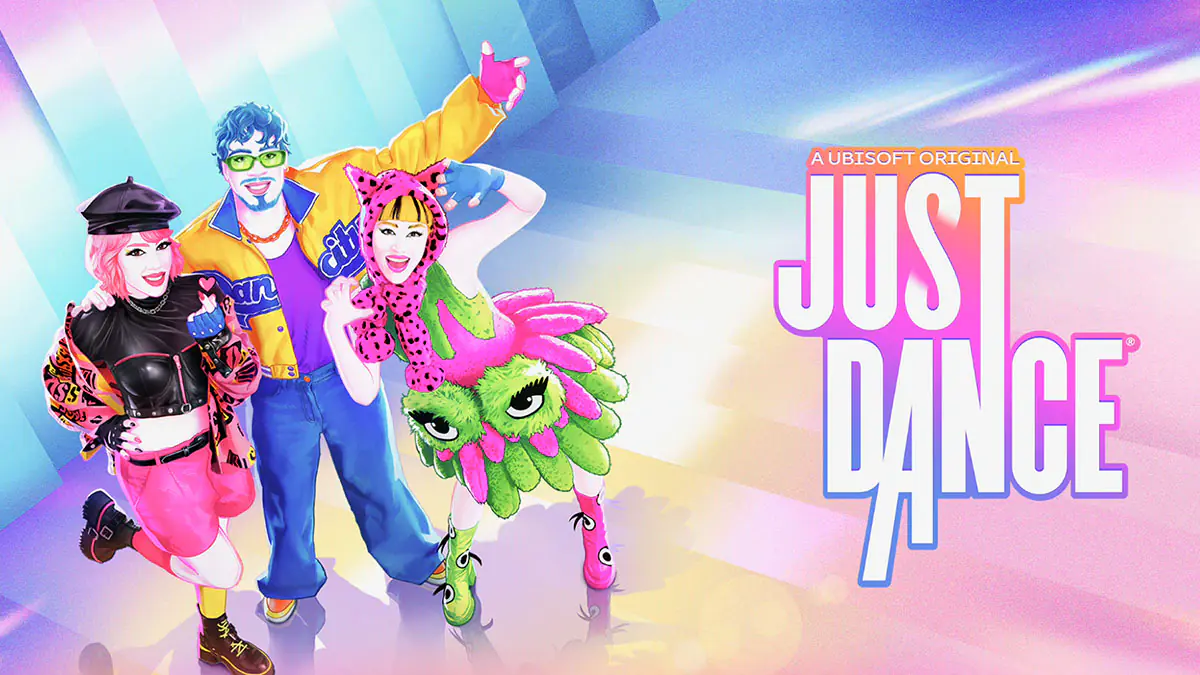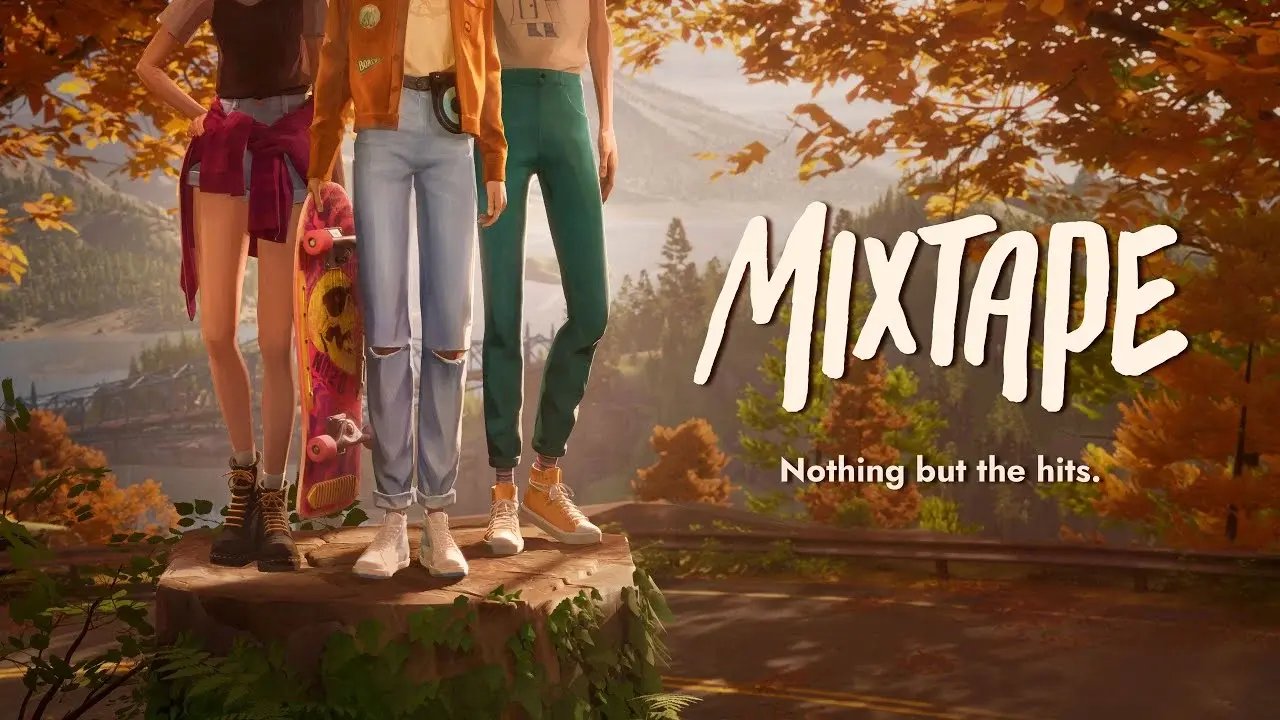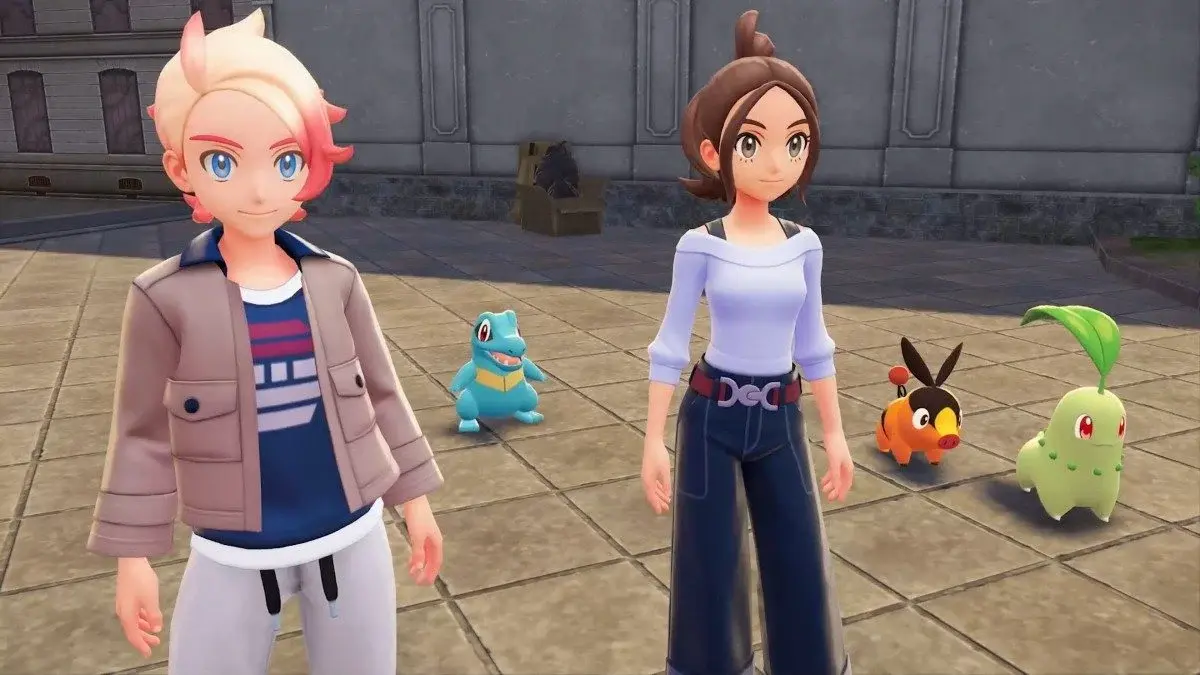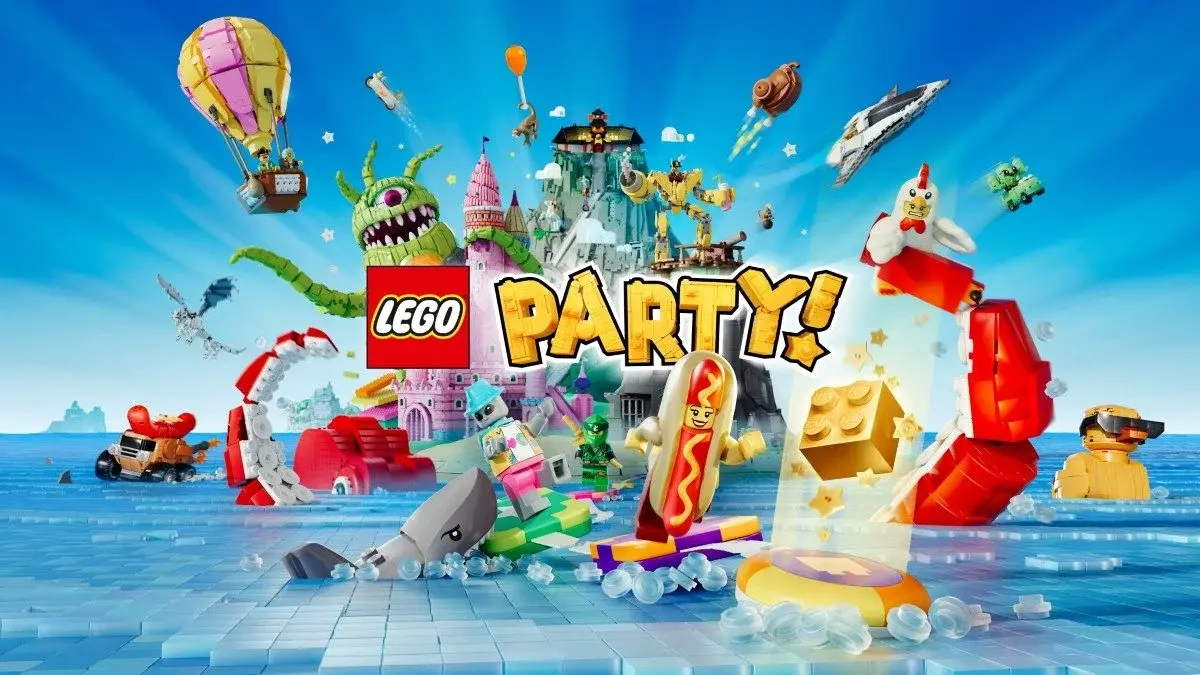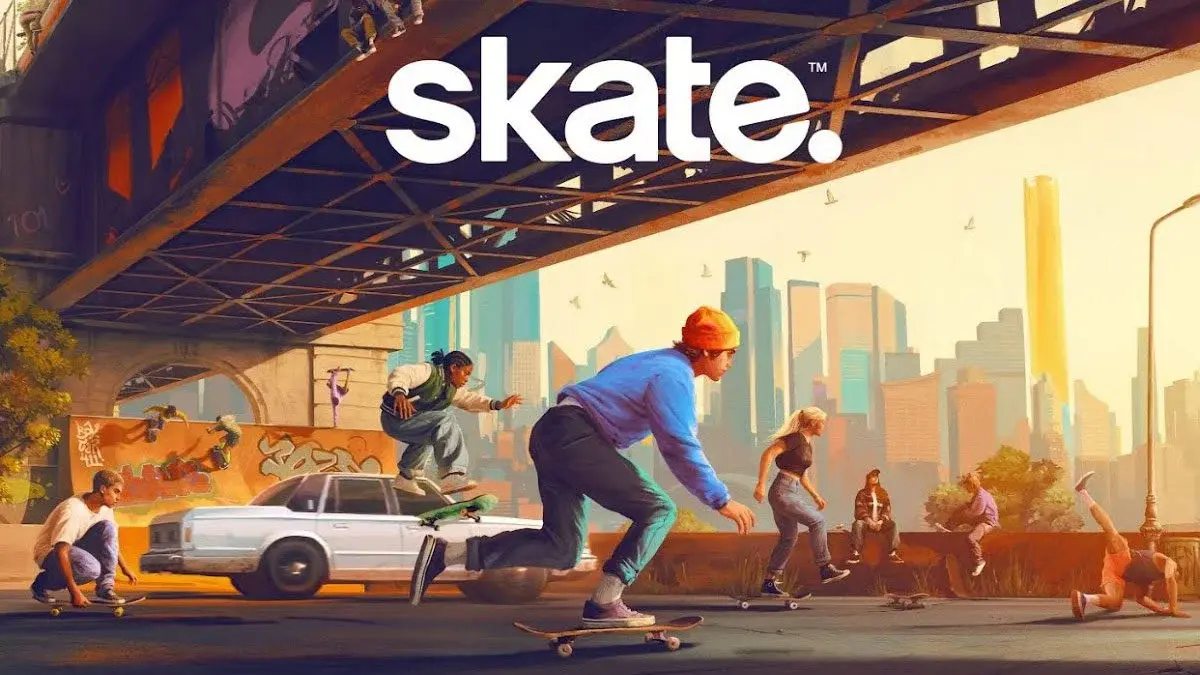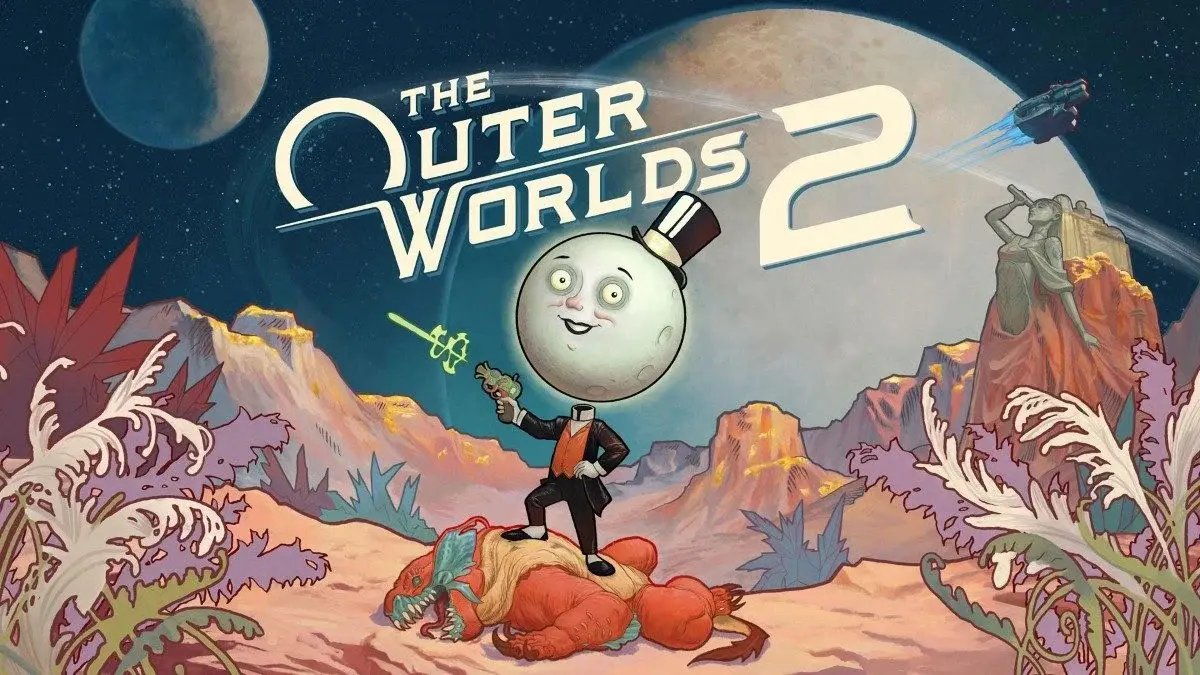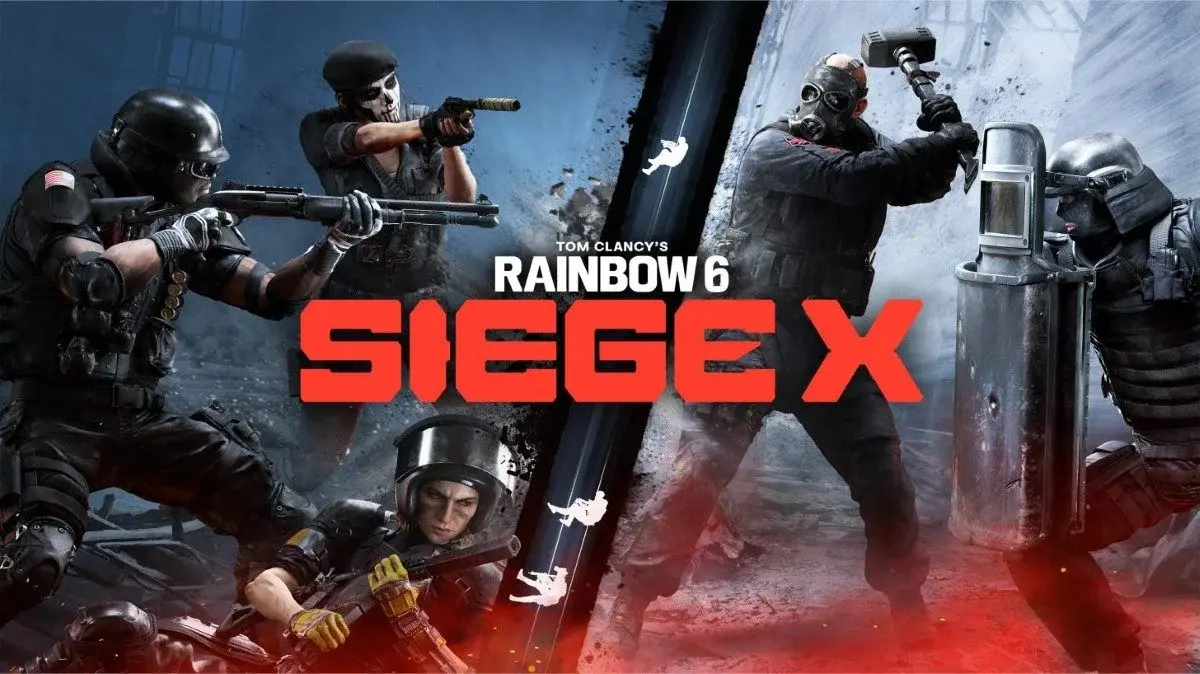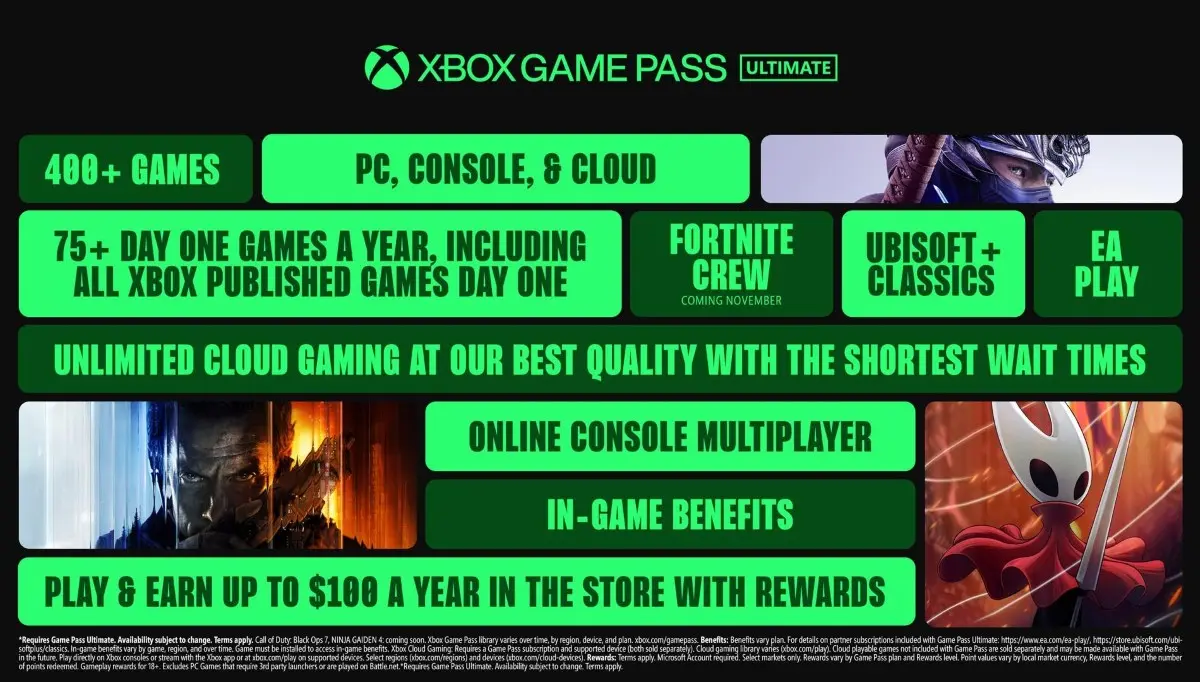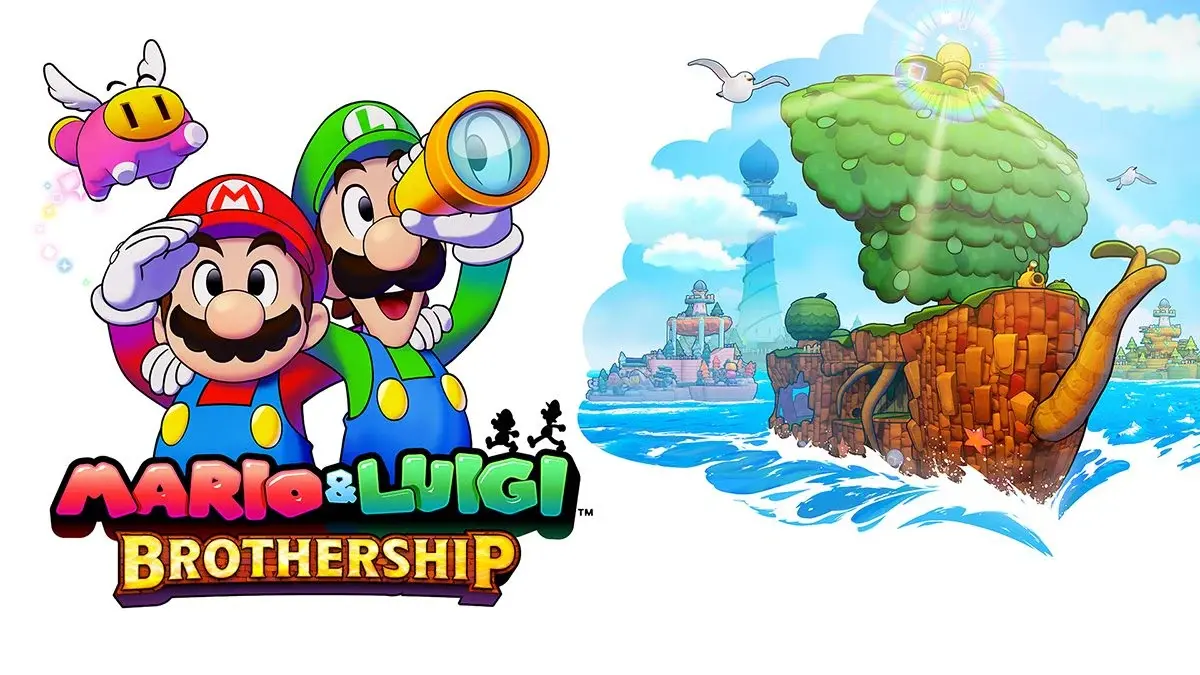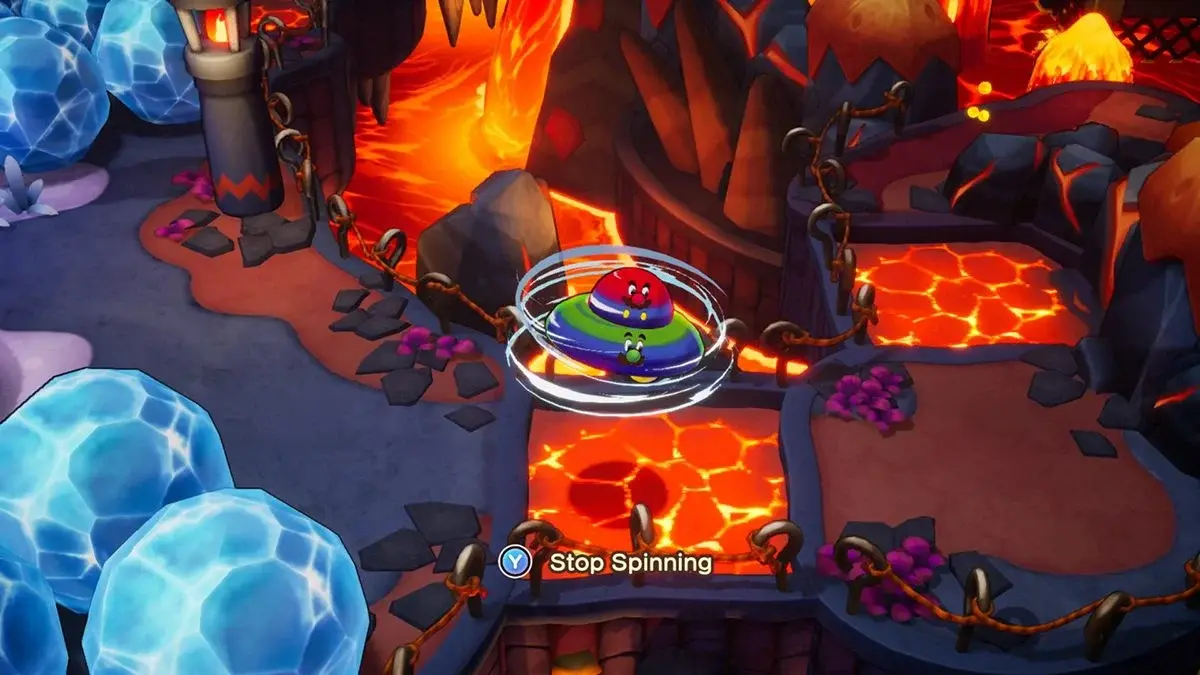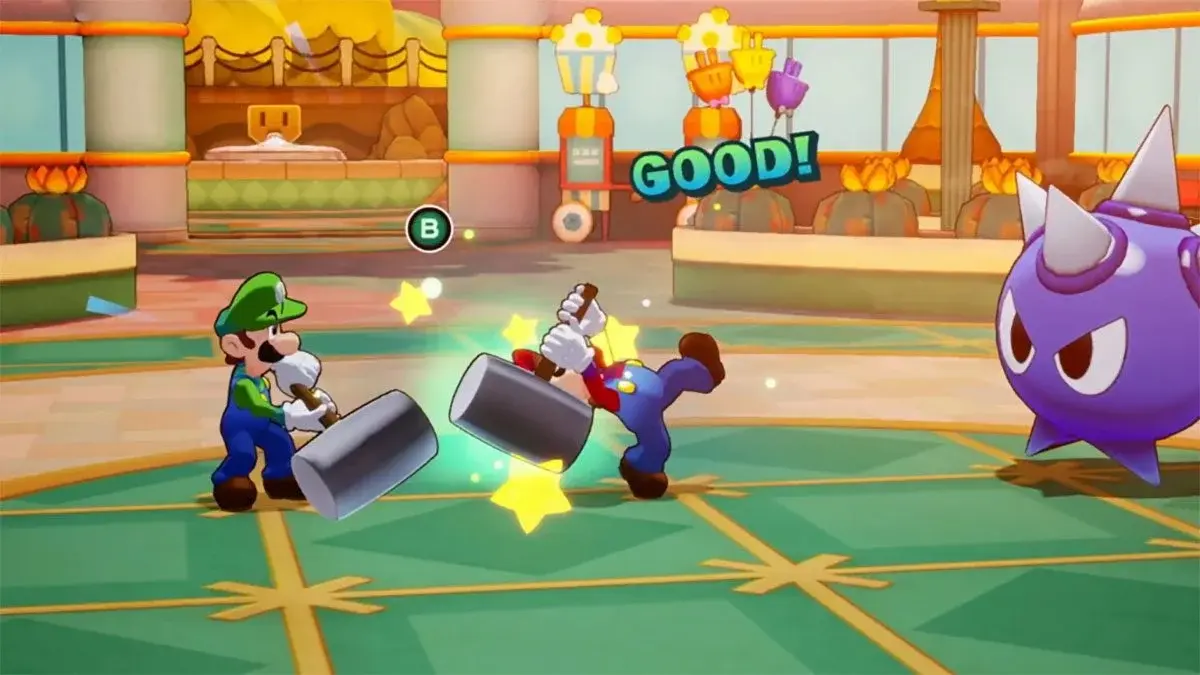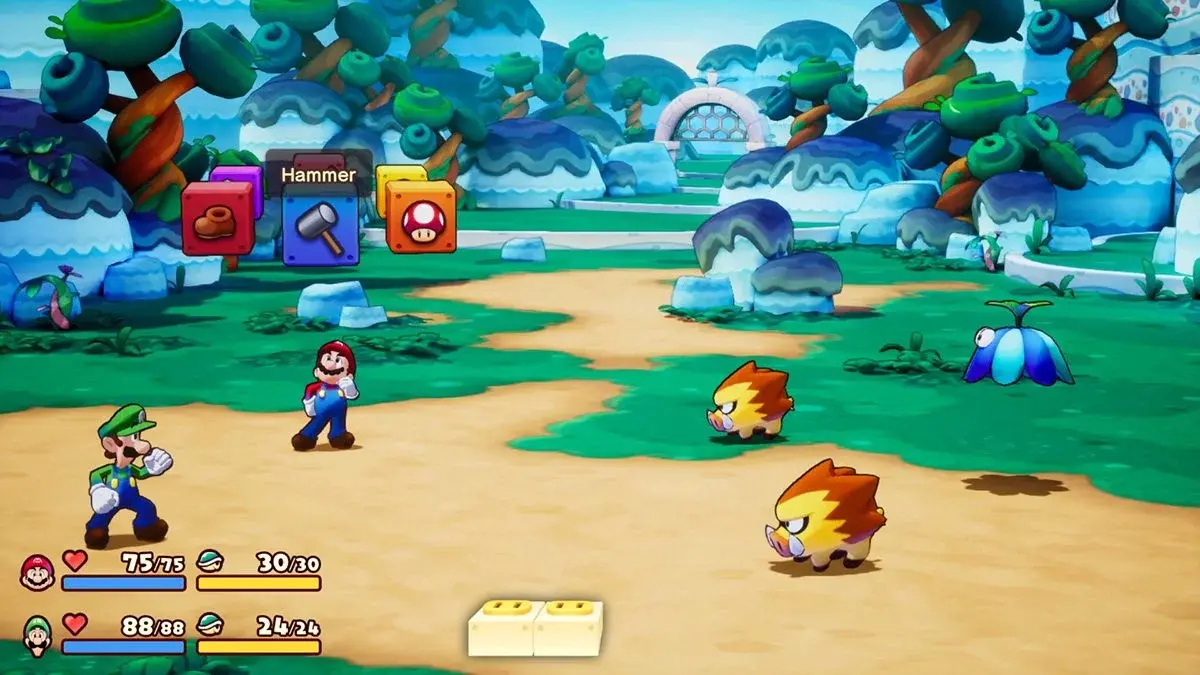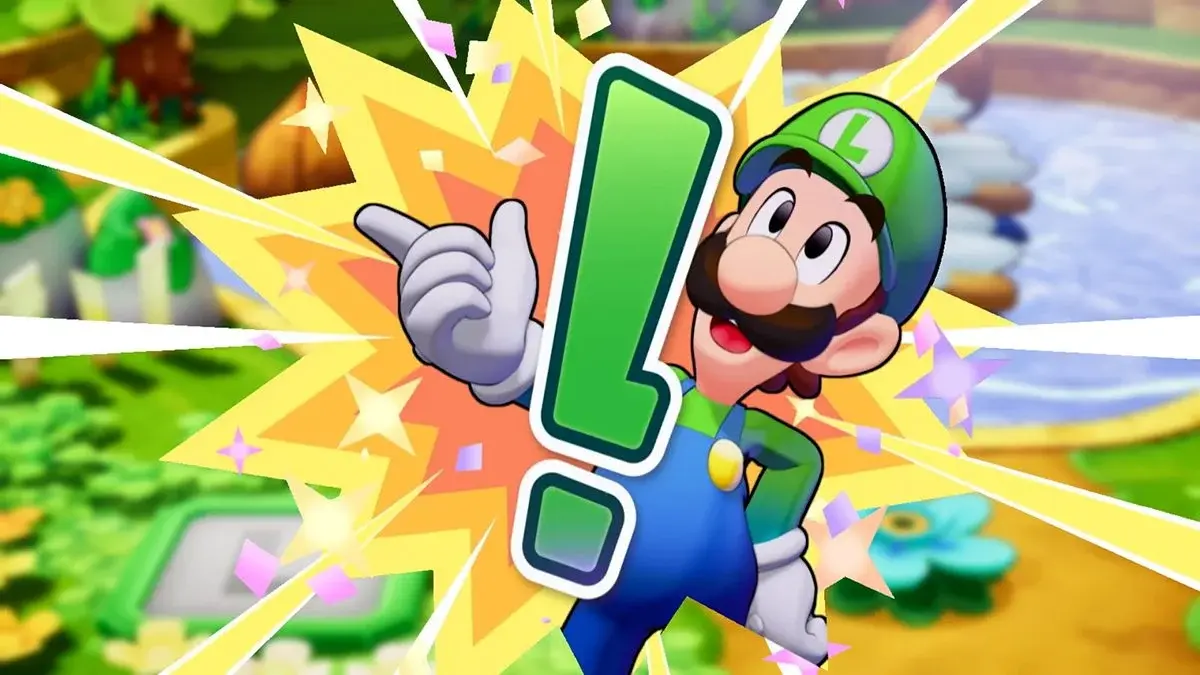Sailing on a modern current.
In the lead-up to the reveal of the Switch 2 (or Super Switch, or whatever your personal conspiracy theory titles it), Nintendo players have been eating WELL in 2024. From Unicorn Overlord to Shin Megami Tensei V to Legend of Zelda Echoes of Wisdom and 1000xRESIST, it’s been a year of bangers for the little hybrid console that could. But we’re not done yet – with the end of 2024 in sight, Nintendo isn’t slowing down at all. This week marks the first release in the Mario & Luigi series in six years, and the first fully NEW title in nine years. It’s time to come aboard for Mario & Luigi Brothership.
While previous titles in the series were developed by the now defunct AlphaDream, Brothership comes from the team at Acquire who are well-known for its work on the Octopath Traveller games – some of the best-looking titles on Switch, in my opinion. That same graphical skill has been applied to bringing the Mario & Luigi series to its first fully-3D entry on the Switch.
The Bros.’ latest adventure sees them drawn into the world of Concordia, a world that used to be one great landmass centred around the plant/lightbulb hybrid Uni-Tree, which kept the world balanced and connected. After a great disaster destroyed the tree and broke the land apart, Concordia has been reduced to an unknown number of floating islands, each moving independently across the sea. It’s not long until the Bros. meet a native named Connie, who sends them on an all-new quest to rescue Concordia and find their own way home to the Mushroom Kingdom.
Going into this game you’d best be ready for some pun names, because Brothership has some Dragon Quest-level naming. The Bros.’ new bestie Connie is a Wattanist, a caretaker for the new fledgling Uni-Tree growing on your roaming home base, Shipshape Island. You’re tasked to visit as many floating islands as you can find, drifting along the ocean’s currents, and re-link them the new Uni-Tree to allow the life-giving Connectar to flow all across the land once more.
Alongside this, the residents of Concordia all resemble power cable connectors in some way, reinforcing the plant/power/connection themes of the game. I appreciate the commitment to the pun aesthetic, and it creates a very distinct look to the world too; it was fun to see variation created in characters’ designs by drawing on the different power plug shapes used across the world.
Brothership establishes a great game loop from early on – as you navigate Shipshape Island around the world’s fast-moving currents, you’ll spot and identify the various islands roaming the world of Concordia. Once you’ve identified an island you can travel there to uncover its unique problems that only two plumbers can solve, leading you to the island’s lighthouse where you can reconnect it to the Uni-Tree.
As such, each island becomes its own little self-contained story within the greater narrative, meaning the game is ideal to play in short sessions. With an hour or less you could work through an island vignette easily, making Brothership a great pick-up/put-down game when you don’t have time for an extended gaming session. Depending on the island these stories can range from a monster infestation to corporate intrigue, so you’ll never feel like you’re repeating yourself.
As you explore the world of Concordia, you’ll quickly gain access to the core tools of any Mario & Luigi game: jumps, hammers and Bros. Moves. Much like the previous titles these skills are useful across both combat and exploration, opening up new areas of the map and letting you become more skilled in fights. Brothership’s combat is all about recognising patterns and timing, learning about each new enemy and the ways they signpost their attacks. In combat you’ll control Mario and Luigi independently with different buttons – A/B for their jumps, and X/Y for their hammer attacks. Each gets their own unique Bros. attacks too, starting with the classic red and green Koopa shell attacks, and quickly expanding into new, uniquely weird attacks for each brother.
Once you learn the behaviours of each enemy, you’ll quickly start to feel like a genius hitting each attack’s quicktime prompts to do the highest and flashiest damage possible. The addition of “Battle Plugs” adds another layer to the combat formula, allowing you to equip and change socketed abilities at any time in combat. Some of these battle plugs will soup up your attack or defence, make button prompts easier to hit, or even automatically use healing items as needed for a certain number of uses before they need to recharge. Certain combinations will also stack to create new effects, encouraging you to cycle through more than just a few plugs and see what combinations you can come up with.
While the game is great about tutorialising all your combat moves and giving you options to practice the timing, one change caught me out on and off my entire time with the game. In previous Mario & Luigi titles, combat prompts were selected using A and B for the brothers respectively, to match the buttons used for them outside of fights. Brothership makes the – perhaps logical – choice to have all commands selected with A more traditionally, but I found I’d keep hitting the wrong button just from muscle memory. It’s a small thing, but it is jarring when everything else in the game is reverent to the series.
Somehow, Acquire have managed to nail the look and feel of the Mario & Luigi series’ classic sprite art in 3D. Mario and co. are all shaded in a way that elicits the classic games’ key art, with an almost painted feel to the models. The Bros. even have shading on them to call back to the vivid colour palettes of this art – shadowing on Mario shifts to an almost purple tone, while Luigi’s shadows read as turquoise. Paired with purposely dark outlines that give an almost cel-shaded feel, it truly does feel like the 2D art has come to life.
Acquire has also kept plenty of nods to the series as well – even in 3D, Luigi’s level-up animation is the same spin where his hat drops over his eyes, and seeing that come to life on my Switch immediately took me back to the DS and 3DS titles of the past. Paired with plenty of cameos from Mario mainstays, the game really does feel like a celebration of a series that’s been dormant long enough to be entirely new to some players.
The new cast of Concordia does plenty to make this title lovable too – even the power-themed designs of the island residents, each with their own added flair for the island’s theme. The villains extend the power themes as well, led by Zokket and his Extension Corps, each with their own power-themed nods in their designs like Zokket’s wire-clipper collar to reinforce that he doesn’t want Concordia to reconnect. Like any good Mario & Luigi villains, these characters have one or two memorable aspects that they hit over and over again, giving you an idea of who these villains are without needing page after page of text to explain it.
One new feature introduced in Brothership is “Luigi Logic”, where periodically Luigi will see a problem ahead of the team and brainstorm a wild new idea to solve it. Luigi is always problem-solving, too – from new ways to traverse the map to unique attacks on different boss fights, the younger Mario brother is a powerhouse of innovation throughout the story. It actually highlights a great dynamic between the brothers that differs from their usual portrayal; Mario is fearless and heroic as always, but instead of being a scaredy-cat, Luigi is shown to be creative and resourceful thanks to Mario supporting his ideas.
This is all backed up in the way the two Bros. are always helping each other in every aspect of the game, from applauding each other for leveling up, to picking each other up after a failed button prompt in battle. While they still don’t speak outright in the game, it’s great to see hints of a deeper relationship between the two than we usually get – especially in a game called Brothership.
It’s been a long wait for Mario & Luigi fans, but after a few hours with Mario & Luigi: Brothership, it’s clear that the series has returned in a big way. The game runs buttery smooth, looks amazing handheld or docked, and has all the goofy personality the series has come to be known for. I was concerned at first how quickly the game was running through the various islands, but that’s only because the game has so many more of them it’s excited to show you. With so many bespoke moments for each little mini-story, complete with unique minigames and interesting character arcs, Brothership is bursting at the seams with fun things to do. Here’s hoping this is just the first port of call on a fresh 3D voyage for the brothers Mario.
Mario & Luigi: Brothership was reviewed using a promotional code on Nintendo Switch, as provided by the publisher. Click here to learn more about Stevivor’s scoring scale.
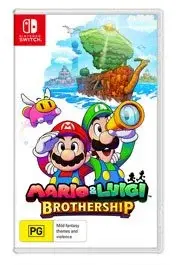 |
Mario & Luigi Brothership7 NovemberSwitch
|
This article may contain affiliate links, meaning we could earn a small commission if you click-through and make a purchase. Stevivor is an independent outlet and our journalism is in no way influenced by any advertiser or commercial initiative.

